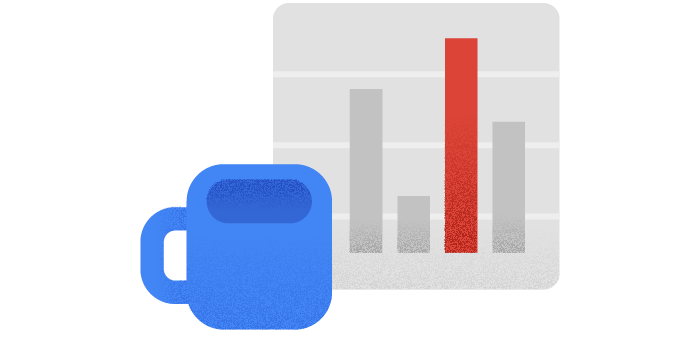Small Business Marketing Series - Vol 5
This blog post is the fifth of our Small Business Marketing Series. The series’ aim is to provide small businesses in New Zealand with hands-on practical advice to increase their marketing performance. If your small business requires marketing solutions, get in touch with the team here.
WEBSITE OPTIMISATION
How Google finds and publicises your website
Google’s complex system may not be noticed by the everyday business owner, but it ensures that your site gets shown. We’ve already explained how SEO works, so we won’t dive into that in this blog. Essentially your website is crawled and indexed by a Googlebot (also known as crawlers). This process identifies your website and allows people to search for it using Google’s search engine.
You can see whether your website is already indexed by Google through searching Google for site:yoursitehere.co.nz. For example, site:studioseventyfour.com. If your website shows up with your core web pages showing as well, then your site is indexed.
Google wants to ensure that its users have the best experience on their search platform. This means that they need to ensure that their users are finding the right answers to their queries as fast as possible. They accomplish this by ensuring that your website has authority – this authority is gained through backlinks/referring links from other websites with authority. Another way this is accomplished is through the keywords that your searchers are inputting. For example, if you search marketing Palmerston North in Google, you will find that Studio Seventyfour is ranked number one. This is due to our website relevant content with industry-related keywords that Google uses to determine whether our website is relevant to the query.
Diagnosing your website’s speed with the right tools
Before you can dive into optimising your site, we’ll need to first diagnose your website’s speed and other critical information to determine the high priority changes as well as have a benchmark to analyse your optimisation progress against, for future optimisation.
There are four different tools that we recommend when it comes to website testing. We recommend using multiple tools and then using the average results of both.

1. PageSpeed Insights
This testing site is Google’s very own website insights tool. It’s a little more complex than other tools on the web and is useful if you have an experienced website developer who can break it down for you.

2. Test My Site – Think With Google
This tool specifically tests your site on mobile – it’s quick and easy to use and provides you with recommendations that will allow you to optimise your website right away.

This testing programme is very useful; however, you may be sitting in a queue (at the time of writing this, there were 240 in the queue). The good news is that once you’ve queued up, you don’t need to leave the browser open for the test to go ahead. Therefore, we recommend running now and then revisiting the same test page the following day.
About Google Search Central (formerly Webmasters) & Google Search Console
Google Search Central is recommended to have setup to understand certain web analytics such as web page performance, past search keywords that your users are using to find you, core web vitals, and more.
Google Search Console is a great starting place for small business owners. Upon signing up and verifying your business, users have access to Google Search and SEO basics that will help you build your site up, especially in the weaker areas identified in the three website speed tests mentioned earlier.
Components of a great website
There are many different components that make a well-performing website. Thankfully, Google suggests recommendations directly to small business owners. These include:
Incorporating relevant keywords into your website’s content
Having fast page loading speeds
Having a clear page hierarchy and uploaded sitemap into Google Search Console
Having industry-related and authoritative backlinks/referrals to your website
Designing your website experience with your ideal customer in mind
Ensuring your headline and titles are clear and accurately describe your content
Keeping your page contents relevant and up to date
Including your business’ contact information on your website
Optimising your website for mobile
Testing and analysing your website through Google Analytics
Optimising your website for mobile
Mobile searches make up over half of the searches on google.com proving that this portable device is worth optimising your website for. Thankfully, PageSpeed Insights provides significant data on the speed of your website for both mobile and desktop devices. Essentially, you should be looking for a site that loads fast (no more than 3-seconds), is easy to navigate on a smaller screen, and is easy to act on (contact, product searching or checkout/purchasing).
It’s important to note that you may need to implement custom code for your images and graphics to resize appropriately for a small screen. Mobile screens are a lot smaller than desktop, so users here will likely be scrolling for longer than on desktop to get through the same amount of website content. This may affect the user experience of your website.
Wrapping it up
Now that you have everything you need to know to get started on your website optimisation journey.
Before you go, here’s a little bit about us: We are an internationally experienced Palmerston North digital marketing agency that can help with website audits and optimisation, eCommerce marketing and growth, social media advertising, search engine optimisation, Google Ads, marketing strategy and more. For a free consultation or a full website audit, contact us today.



